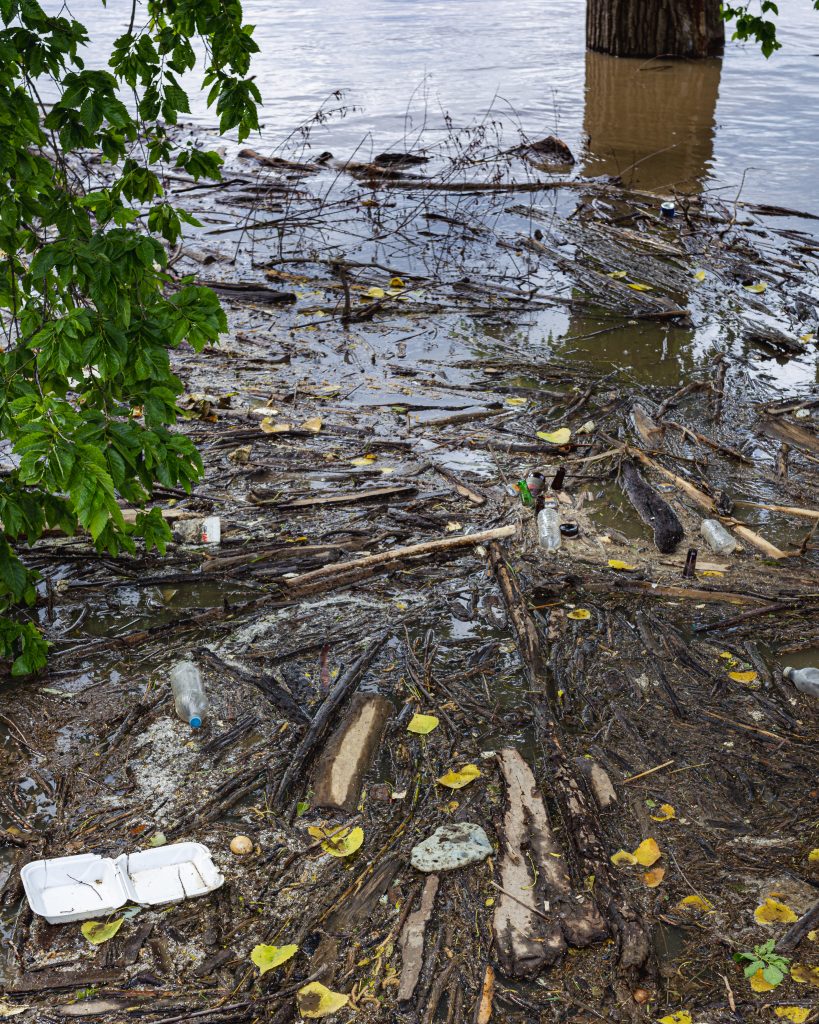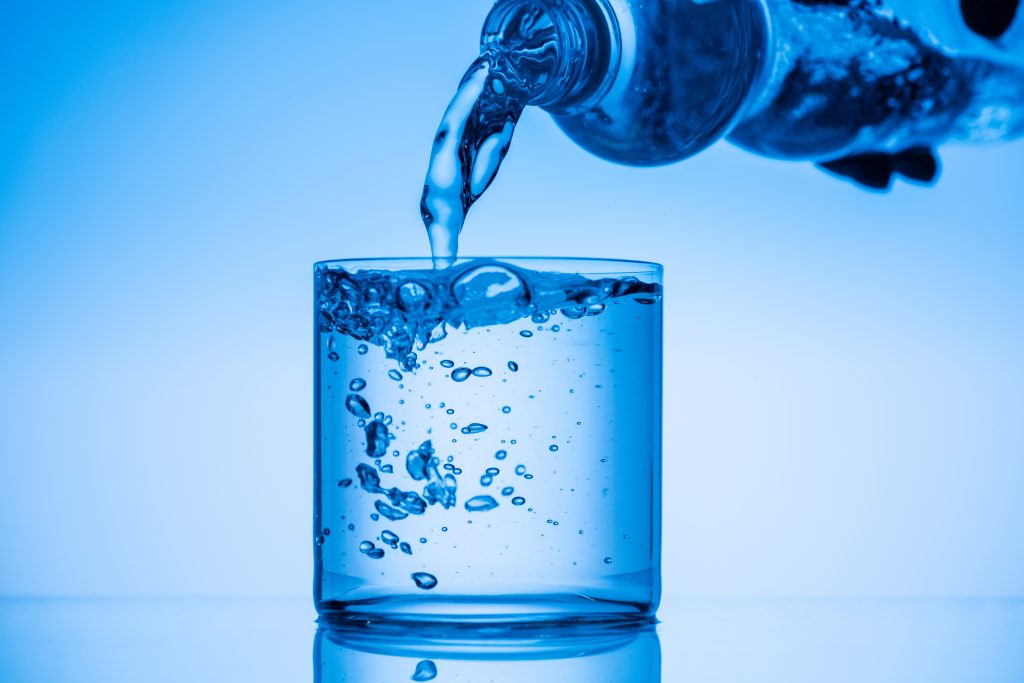One of the most important medical preparedness items to store and have readily available is clean water. According to the CDC about 7.2 million people every year in the United States fall ill due to waterborne diseases.
During or shortly after a natural disaster, such as a fire, earthquake, tornado, hurricane, or other inclement weather one of the first parts of the infrastructure that we rely on and fail is our public water supply. If the water supply is disrupted the risk for waterborne disease goes up. If this happens our toilets won’t function properly(if at all), our ability to cook, bathe and drink clean water is compromised. We lose the ability to sufficiently take care of our waste. This can lead to water contamination.
In 2014 in the United States, 17 waterborne pathogens caused an estimated 7.15 million illnesses, 601,000 emergency department visits, 118,000 hospitalizations, and 6,300 deaths. They incurred $3.3 billion in direct healthcare costs, which includes insurance and out-of-pocket payments.
Every year, more people die from unsafe water than from all forms of violence, including war.

In this article we will discuss:
- Common waterborne pathogens that cause illnesses
- How much water to store and how to disinfect water
- Where to find containers to store water
- Choosing a water filter
- This week’s steps to take
Note this is not an exhaustive list, just a sample of waterborne pathogens)
Common waterborne pathogens that cause gastrointestinal symptoms, such as
vomiting and diarrhea
(Please refer to “How to Treat Diarrhea” page)
- campylobacteriosis
- cryptosporidiosis
- giardiasis
- norovirus infection
- Shiga-toxin producing Escherichia coli (STEC) infection O157
- non-O157 STEC infection
- salmonellosis
- shigellosis
- vibriosis (including infections caused by Vibrio alginolyticus, parahaemolyticus, vulnificus and other species)
Waterborne pathogens that cause respiratory symptoms:
- Legionnaires’ disease
- nontuberculous mycobacterial (NTM) infection
- Pseudomonas pneumonia
- Waterborne pathogen that causes skin infection
- Pseudomonas septicemia
How much water to store and how disinfect water

(Taken from CDC website, along with notes and observations in italics)
- Store at least 1 gallon of water per person per day for 3 days for drinking and sanitation
- Try to store a 2-week supply if possible.
- Note: My husband and I live in the mountains, our well was down for a few weeks. 1 gallon of water per person is not enough to sustain life and provide adequate hygiene. I recommend at least 2 gallons, preferably 3 per day for 2 weeks per person)
- Consider storing more water than this for hot climates, pregnant women, and persons who are sick.
- Diarrhea, vomiting, fever and other acute illnesses require increase liquid intake. Storing water after the fact makes no sense. Just be sure to have sufficient water supply on hand before an emergency or grid down situation.
- Observe the expiration date for store-bought water.
- Replace non-store-bought water every 6 months.
- Or sanitize and purify the water before using it.
Store a bottle of unscented liquid household chlorine bleach (label should say it contains between 5% and 9% of sodium hypochlorite) to disinfect your water, if needed. Before filling with safe water, use these steps to clean and sanitize water storage containers:
- Wash the storage container and rinse completely with water.
- Sanitize the container with a solution made by mixing 1 teaspoon of unscented liquid household chlorine bleach in 1 quart of water. Use bleach that contains 5%–9% sodium hypochlorite.
- Cover the container tightly and shake it well. Make sure the sanitizing bleach solution touches all inside surfaces of the container.
- Wait at least 30 seconds and then pour the sanitizing solution out of the container.
- Let the empty sanitized container air-dry before use OR rinse the empty container with safe water (water that has been treated).
- Pour clean water into the sanitized container and cover with a tight lid
Another way to sterilize water (but doesn’t remove chemicals) is solar sterilization. This method utilizes the UV sterilization effect from the sun. It is best done between the 15th and 35th latitude North and South (near the equator) Plastic or glass bottles are set out in the sun for a period of time. Check out the process here:
Where to find containers to store water
When my husband and I started our journey to medical preparedness and self-sufficiency we purchased 5-gallon blue water totes at our local Walmart. These can be found in the camping section of almost any box or sporting goods store. They are fairly inexpensive, store well, are sturdy, and can be moved easily (given the fact that water is very heavy this is a bonus) We now have water stored on our property in 55-gallon food-grade plastic barrels, along with several of these totes.
By the way, a popular item called a water BOB which is essentially a bladder you place inside your bathtub and fill with water. These can be found online. The advantage is that you fill these just before an anticipated event. The disadvantage is if the event is not anticipated you won’t be able to use these.
Other ways to store water
I have sanitized and stored water in glass containers from food (think spaghetti sauce containers) we had consumed. Another way is to use empty, sterilized soda bottles. Used juice bottles with lids work, also. We keep a few gallons of water stored in juice bottles in our car for emergencies, also.
Swimming pools as a source of water
There has been debate over whether drinking swimming pool water in an emergency good practice is. I personally would still filter it for chemicals and organic matter. Or use it to wash clothing and dishes, etc.
Water Catchment system
Water catchment systems are a great way to capture and store water. However, not all states and municipalities allow this. I am a member of the ARCSA ( American Rainwater Catchment Systems Association. They have many free courses and guides on how to safely catch and store rainwater. I highly recommend this organization. They helped us with setting up a catchment system to water our gardens. Many cultures utilize this system for their primary drinking water.
Choosing a water filter
The topic of water filters is a vast one.
When choosing a water filter be sure to choose one that can not only filter out bacteria but also chemical pollutants
I recently purchased the Lifestraw Flex ( I found this link through REI and it is on sale right now) to store with my preparedness supplies. It removes bacteria, protozoa and reduces VOCs and chemicals. It uses no electricity and has its own attached container.
Other water filtration systems that are highly recommended are the Berkey water system. This system is pricey and may be out of the reach for some.
If you do an online search you will come across many ways to filter water from lakes, rivers, ponds, puddles. Charcoal with sand is another way to filter water. Here is a paper describing how to filter water from Utah State University
On a side note- putting together a port a potty and privacy tent is easy and stores in a small footprint. If your toilet isn’t working you will be glad you have this!
You will need the following:
- 5-gallon plastic bucket
- Bags to line bucket
- Baby wipes for cleaning
- Hand gel
- Gloves to remove bags
- Snap on toilet seat found in the camping section of any sporting goods store
- There are products on the market that you can put in the bottom of the plastic bag for absorption and smell. We have used in the past cedar shavings. Baking soda works well, also.
- A pop-up shower tent for privacy
- All the supplies except the tent can be stored in the bucket (just snap the seat on).
Clean water for drinking and hygiene is a necessity. It should be a priority when planning your medical preparedness kit.
This week’s steps to take:
- Take note of how much water you will need for your immediate household.
- Plan for a water supply in your vehicle.
- Decide on where the best place to store the water (preferably a cool, dark area)
- Once you have done this, purchase or clean and repurpose containers to store adequate water. Be sure to label and date the containers.
- Download the article on the management of diarrhea and place in your notebook.
- Bonus step will be to put together the port-a-potty
